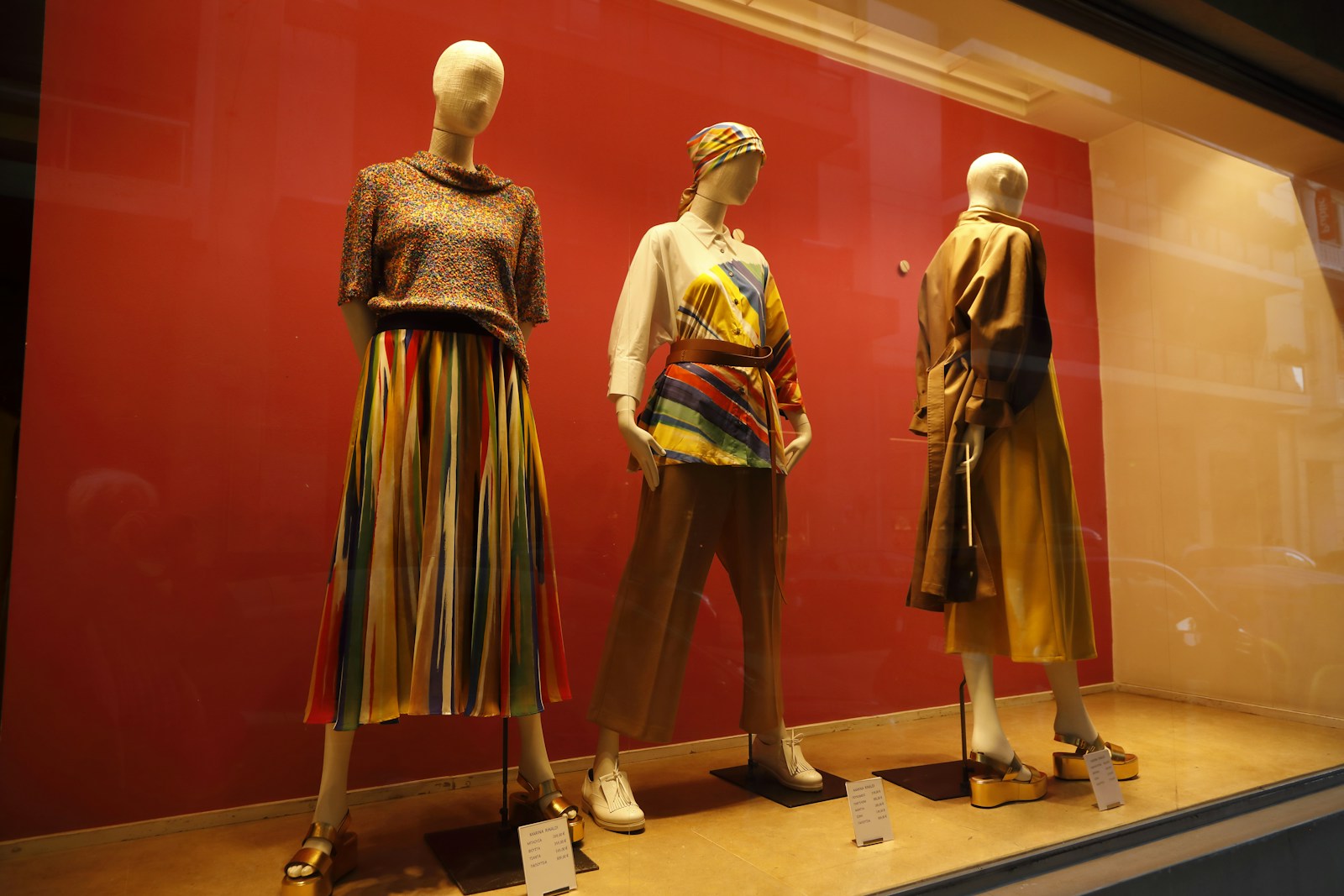The global market for
secondhand fashion and luxury is set to expand sharply over the next several years, signaling a major shift in how people shop and how brands plan. Estimates suggest the resale sector could reach up to $360 billion by 2030, up from about $210 billion today. That growth path is drawing attention from retailers, investors, and consumers who are rethinking price, sustainability, and access to premium labels.
The forecast points to steady demand across regions as shoppers look for value and authenticity. It also raises urgent questions for brands that long relied on scarcity and full-price sales. The stakes are high as resale moves from niche to mainstream and reshapes store strategies and online marketplaces.
“Secondhand fashion and luxury is gaining ground fast, with the global resale market expected to hit up to $360 billion by 2030 from about $210 billion now.”
Why Resale Is Growing
Resale’s rise is tied to changing consumer habits. Shoppers want lower prices during periods of tight budgets. They also care more about waste and the life cycle of clothing and accessories. Many see value in giving a high-quality item a second life, especially when it holds up well over time.
Digital platforms have cut friction. Listing, buying, and shipping items is easier than ever. Clear photos, data on condition, and seller ratings help users make quick decisions. Secure payments and return policies build trust. These features make resale feel similar to traditional e-commerce, which helps new shoppers try it for the first time.
Luxury Moves Into the Secondhand Space
Luxury brands long resisted resale, worried it would dilute exclusivity. That view is changing as they see a path to engage younger buyers and keep control of brand image. Some labels test in-house programs to trade in older items or to certify goods through partners. These efforts protect pricing and provide insight into how products hold value over time.
Resale also serves as a gateway. A buyer who starts with a pre-owned bag may return for a new-season item later. The cycle can widen a brand’s audience without heavy discounting. For investors, strong resale value sends a signal about the durability and desirability of certain products.
Authentication and Trust
Growth brings pressure to verify goods. Fake items remain a risk for buyers and brand owners. Platforms now lean on detailed checks, expert review, and clear return rules. Some use serial numbers, receipts, or third-party inspections to confirm authenticity.
- Clear grading standards reduce disputes.
- Return windows encourage honest listings.
- Tamper-evident tags protect inspected items.
Trust systems cost money, but they support higher prices and repeat use. As the market expands, consistent standards will become more important across regions and platforms.
Environmental and Social Effects
Resale keeps garments and accessories in use longer. That can reduce demand for new production and the materials it requires. While not a cure for overconsumption, longer product life means fewer items in landfills. It also rewards quality, since well-made goods retain value and condition.
Communities benefit from broader access to premium items at lower prices. This access helps normalize buying pre-owned, which had social stigma in some markets. As habits shift, secondhand shopping becomes part of regular retail behavior, not a separate category.
What Could Change the Forecast
The current estimate—growing from about $210 billion to as much as $360 billion by 2030—assumes stable economic conditions and continued digital adoption. Several factors could speed or slow that path. A stronger economy might lift new-item sales but also raise trade-in activity. Stricter rules on authentication or shipping could raise costs. Brand decisions on warranties, repair, and official resale channels will also shape momentum.
For now, the main drivers look durable. Value, sustainability, and digital convenience are not short-term fads. As more shoppers try resale, habit and trust should reinforce growth, even if year-to-year results vary.
How Retailers Can Respond
Retailers and brands are testing playbooks to capture demand and protect reputation. The most common steps include buy-back or trade-in programs, certified pre-owned sections online, and repair services that support longer product life. Data from resale can guide design, helping teams learn which materials, colors, and styles hold value best.
Sellers that move early can shape standards and secure loyal communities. Those that delay risk losing control of their goods in unverified channels, where quality and service vary.
The message is clear: secondhand fashion and luxury is set to grow from a major niche into a core part of the retail mix by 2030. The projected rise from about $210 billion to as much as $360 billion shows strong demand and a shift in priorities. The winners will invest in trust, quality, and service, and they will treat resale not as an afterthought but as a key strategy to reach new customers, extend product life, and manage brand value. Watch for tighter authentication, more brand-owned programs, and clearer standards as the market scales.







